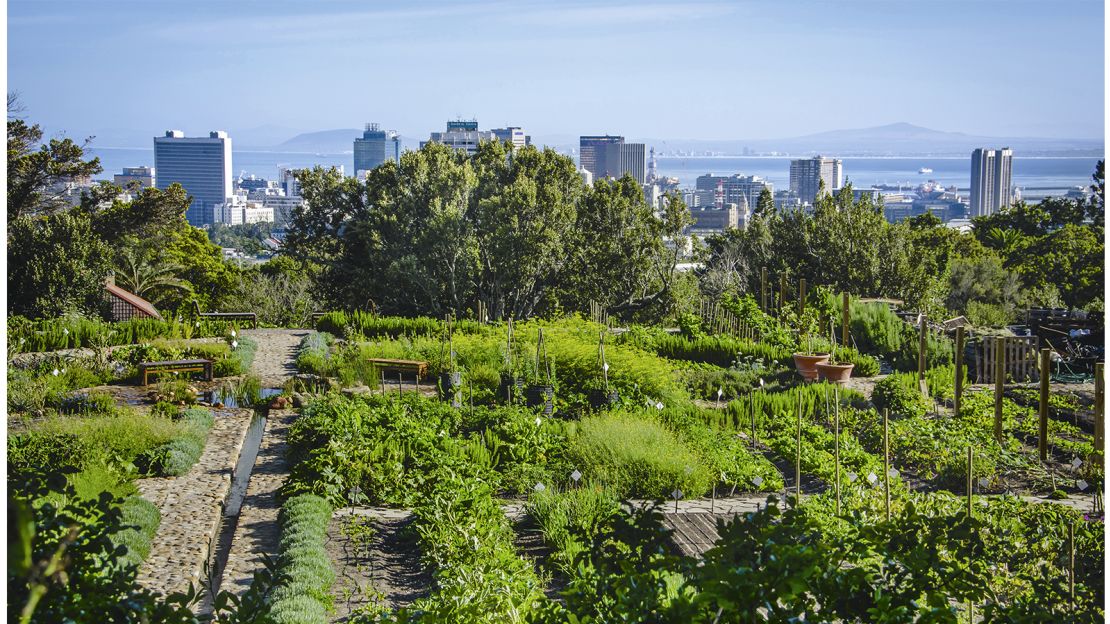City Blooming Can Be Fun For Everyone
Table of ContentsWhat Does City Blooming Do?5 Simple Techniques For City BloomingThe Best Strategy To Use For City BloomingGet This Report about City BloomingThe 25-Second Trick For City Blooming
Intrigued in expanding food available for sale in the City of Chicago? Considering starting an area yard? Changes to the Chicago Zoning Regulation permit agricultural uses like neighborhood yards and metropolitan ranches in lots of parts of the city. Below is a listing of frequently asked questions regarding the guidelines and guidelines that growers should think about when intending a metropolitan agriculture project.
The zoning modification does not customize any type of various other codes handling composting, building licenses, buying or renting City owned property, service licenses or ecological contamination. There are existing codes that manage these concerns and they remain in full impact and may be applicable to your job. Neighborhood yards are usually owned or managed by public entities, public organizations or community-based organizations and preserved by volunteers.
Urban ranches expand food that is meant to be offered, either on a nonprofit or for-profit basis. As a result of their industrial function, urban farms call for a company permit. Yes. A neighborhood garden is enabled to market excess generate that was expanded on site if the sales are accessory or secondary to the garden's primary purpose explained above.
The Greatest Guide To City Blooming
Composting is enabled yet only for plant material that is generated and made use of on site. The amount of garden compost product can not exceed 25 cubic yards at any offered time according to the criteria in 7-28-715 of the City's Municipal Code. Yes. Since the soil at a lot of brand-new garden sites requires modifying, compost, soil, wood chips, or other products can be acquired to build or boost the growing space - home and garden.

If a structure permit is called for after that the hoophouse will be considered an accessory structure. You can discover more regarding the building authorization needs by calling the Division of Buildings. The 25,000-square-foot size restriction is meant to stop a solitary neighborhood yard from dominating a provided block or interfering with the block's existing residential or industrial personality.
The limit does not relate to gardens located in Public Open Area (POS) areas. Can there be greater than one area yard that is 25,000 square feet on a single block? Yes. The dimension limitation applies to individual yards, not to individual blocks. No. Secure fencing is not needed, however, yards that have huge parking lot might be required to mount fencing or various other landscape design functions.
Little Known Facts About City Blooming.
B1 & B2 areas require that all business use tasks be carried out inside. Is fencing required for city farms? Fences might be required, along with landscaping and testing, for particular auto parking locations and exterior job or storage space locations depending on location and the certain task taking place.
Yes. Urban ranches call for building licenses and zoning approvals before construction. Other types of city testimonial might be called for depending on details frameworks, activities, dimension, landscape design, licensing, public health and stormwater management concerns. Much of these needs are determined in the task design or allowing process, nonetheless, the applicant might be accountable to separately recognize certain licenses or allows that may be called for.
Yes. The sort of permit is determined by what is happening at the website. The Department of Service Affairs and Consumer Defense can aid establish the particular kind of company license that's required. Yes. Off street car parking is required for many commercial jobs in Chicago. The needed variety of vehicle parking spaces is based on the variety of workers working with website and not the square footage of the expanding space.
See This Report on City Blooming

Yes. A metropolitan ranch can sell compost product generated on website, nonetheless, the procedure needs to conform with the laws in 7-28-715 of the Chicago Municipal Code. Yes. Aquaponic systems are enabled inside your home on city ranches in many zoning areas. However, a zoning review and building license is called for in order to install frameworks or systems and a service permit is required as defined above.
As much as five hives or colonies of honey may be kept as an accessory usage. Beekeepers must register with the Illinois Department of Agriculture. To find out more about the recommended zoning amendment you might speak to the Department of Housing and Economic Growth, Bureau of Preparation and Zoning at 312.744.8563.
Farming in cities you can find out more and city locations An urban ranch in Chicago. Urban agriculture refers to numerous techniques of growing. https://www.dreamstime.com/danielnold94107_info, processing, and distributing food in city locations. The term also puts on the area tasks of animal husbandry, tank farming, beekeeping, and gardening in an urban context. Urban agriculture is distinguished from peri-urban agriculture, which happens in backwoods at the side of suburbs.
The 30-Second Trick For City Blooming
It can entail a motion of natural cultivators, "foodies" and "locavores", who seek to develop social media networks started on a shared ethos of nature and area holism. These networks can create using official institutional support, ending up being integrated right into regional town planning as a "change town" movement for sustainable metropolitan advancement.
Some of the very first evidence of metropolitan agriculture comes from Mesopotamia.